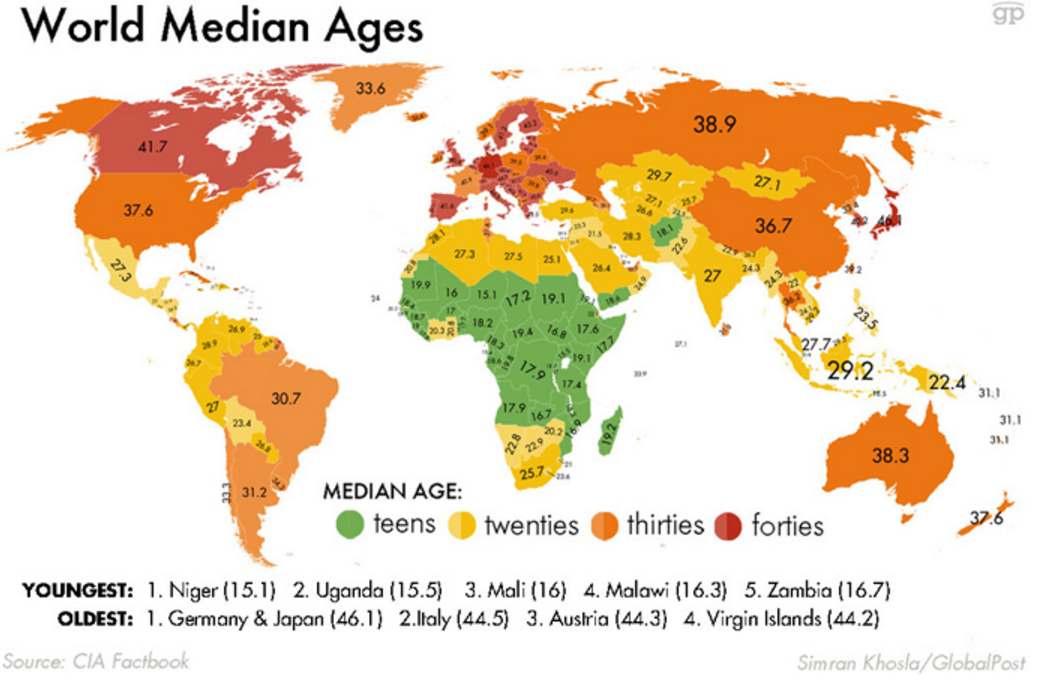"You can combine capital goods in only a limited number of ways within a particular plan. Capital goods then aren’t perfect substitutes for one another. Capital is heterogeneous.
.
Now, mainstream economics treats capital as a homogenous glob.
...
First, according to Mises, heterogeneity means that, “All capital goods have a more or less specific character.” A capital good can’t be used for just any purpose: A hammer generally can’t be used as a harbor. Second, to make a capital good productive a person needs to combine it with other capital goods in ways that are complementary within her plan: Hammers and harbors could be used together to help repair a boat. And third, heterogeneity means that capital goods have no common unit of measurement, which poses a problem if you want to add up how much capital you have: One tractor plus two computers plus three nails doesn’t give you “six units” of capital.
...
physical heterogeneity is not the point, but rather heterogeneity in use.
...
what practical difference does it make whether we treat capital as heterogeneous or homogenous? Here, briefly, are a few consequences.
...
if capital goods are heterogeneous, then whether or not you earn an income from them depends crucially on what kinds of capital goods you buy and exactly how you combine them, and in turn how that combination has to complement the combinations that others have put together.
...
modern Keynesians, such as Paul Krugman, want to cure recessions by government “stimulus” spending, without much or any regard to what it is spent on, whether hammers or harbors. But the solution to a recession is not to indiscriminately increase overall spending. The solution is to enable people to use their local knowledge to invest in capital goods that complement existing capital combinations, within what Lachmann calls the capital structure, in a way that will satisfy actual demand. (That is why economist Robert Higgs emphasizes “real net private business investment” as an important indicator of economic activity.) The government doesn’t know what those combinations are, only local entrepreneurs know, but its spending patterns certainly can and do prevent the right capital structures from emerging."
Como não recordar "Outro arrepio... e revolta."
Quando os socialistas de todos partidos, da esquerda até à direita, descobrem a heterogeneidade do capital ... avançam para o seu desporto favorito: picking winners (como em Mira e em Sines, por exemplo)
Trechos retirados de "Heterogeneity: A Capital Idea!"

























